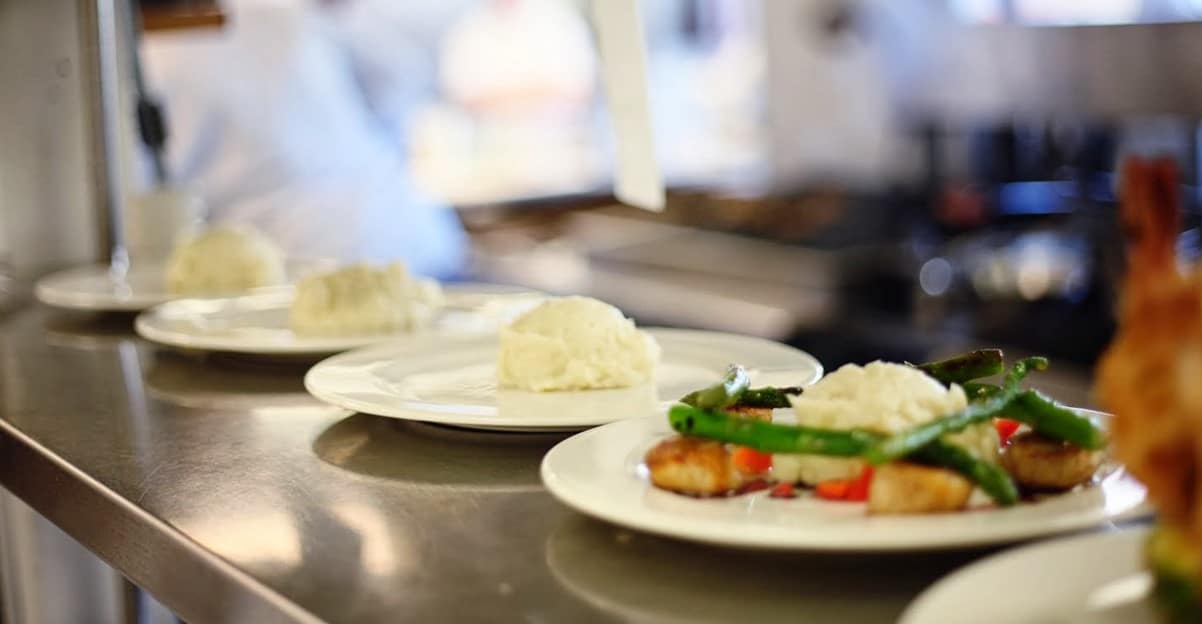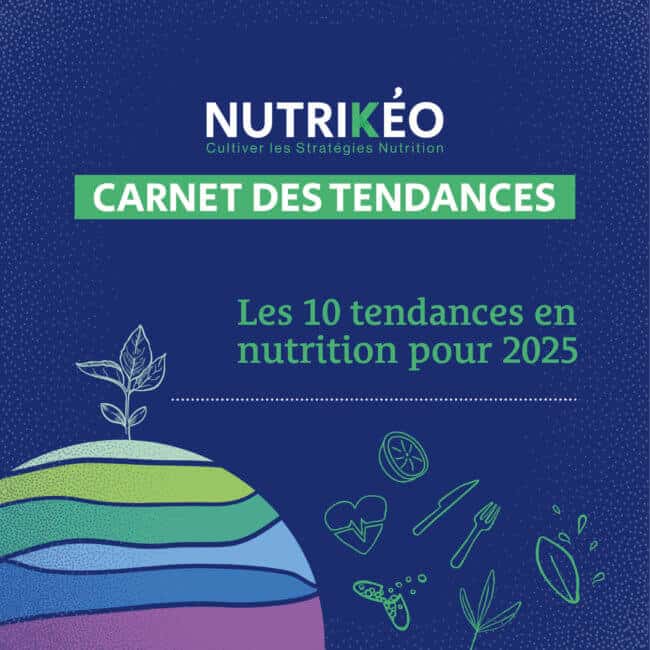The number of cases of childhood obesity, hepatic steatosis and food allergies is on the rise: a sad fact that leads to a questioning of children’s diets in canteens. Between unappetizing products and difficult children, it is difficult to find the ideal and healthy meal under the constraints of a tight budget. So what are the initiatives that are making a difference?
Ultra-processed foods in our canteens
On the menu are many (too many) ultra-processed foods, which pose taste problems but also nutritional problems. They are often too rich in additives, sugar, salt and poor in vitamins, antioxidants, minerals and fibres. The subject of ultra-processed foods is more widely discussed by Gregory Dubourg in a recent podcast if you want to know more. Parents and some public authorities are aware of this issue. Since elementary school canteens are governed
[wcm_nonmember]
This article is premium. Sign in if you have an account. Otherwise, discover our premium offer.
[/wcm_nonmember]
[wcm_restrict]
at the commune level, and little is known about the dynamics that have already been put in place.
A wealth of initiatives
For example, the « Cuisine & Prestige » operation, launched by Scolarest, a specialist in the catering sector for educational establishments and local authorities. She made her return to the City of Cannes after La Rochelle last year. The schoolchildren of La Frayère welcomed Chef Arnaud Tabarec from Le Roof restaurant, at Five Seas Hôtel de Cannes. They were then able to taste and discover seasonal foods in new forms.
Some initiatives have a more environmental focus, whether by serving vegetarian dishes every other day in Lille, installing a barter system to limit waste in Saint-Jean de La Ruelle or by promoting organic and local apples such as in Mouans-Sartoux.
The organic food in the canteen, let’s talk about it!
One of the French government’s objectives is to increase organic production in canteens to 20% by 2022. Stéphane Veyrat assures that currently the share of organic food in collective canteens is only 3%.
In some cities, 50% of organic and local products are already served. This is achieved by using seasonal products, throwing less food away, and rebalancing the proportion of vegetable and animal protein with more cereals and legumes on the plates.
The transition will not be easy according to Florent Guhl, the director of the organic agency, organic costs 18% more than non-organic products. To offer organic menus more widely, 81% of French mayors want to obtain local or national financial support according to FranceInter. It would not so much help to absorb the cost difference as it would train staff to ensure that good practices are adopted.
As Sandra Franrenet points out in her book Le livre noir des Cantines Scolaires: « The problem with this bill is that it does not correlate organic products with local products. « According to Etienne Gangneron, about 40% of the organic fruits and vegetables consumed in France, excluding exotic products, are currently imported. In this sense, the bill also sets a target of 15% of agricultural land in organic farming within 5 years.
What our canteens in the World?
The Fastfood chain Sweetgreen has taken a series of shots comparing meal trays around the world… We find a rather balanced French plateau which unfortunately does not seem to fully reflect reality, but which allows us to reflect on the state of canteens in the rest of the world….
What to expect in 2019? New initiatives, kitchens integrated into schools for less outsourcing and ultra-processed products, the promotion of local and organic products: in short, concrete actions to make our children eat better.
[/wcm_restrict]













